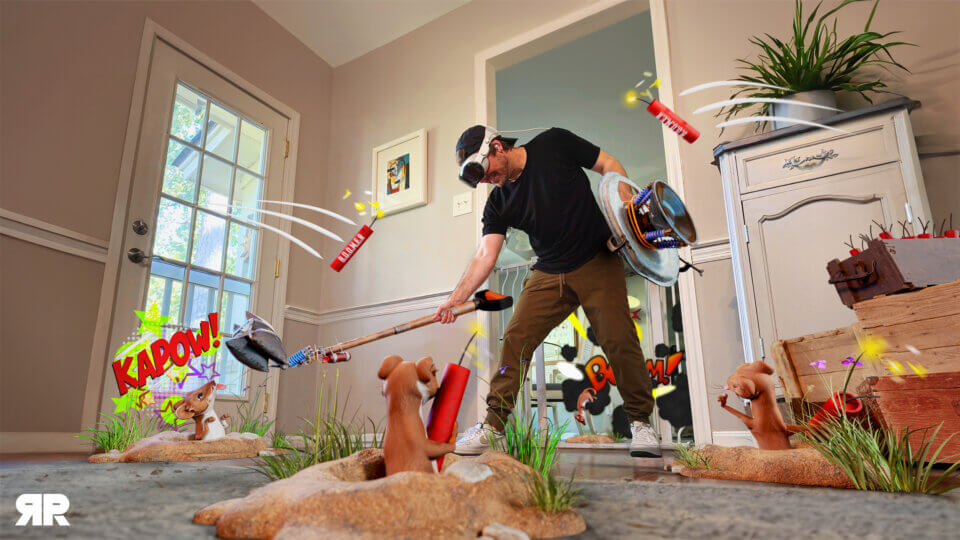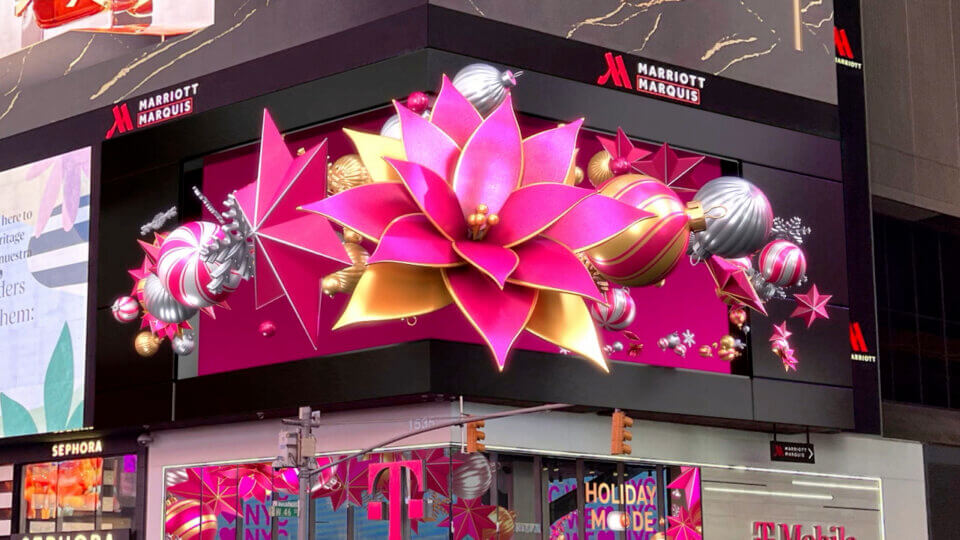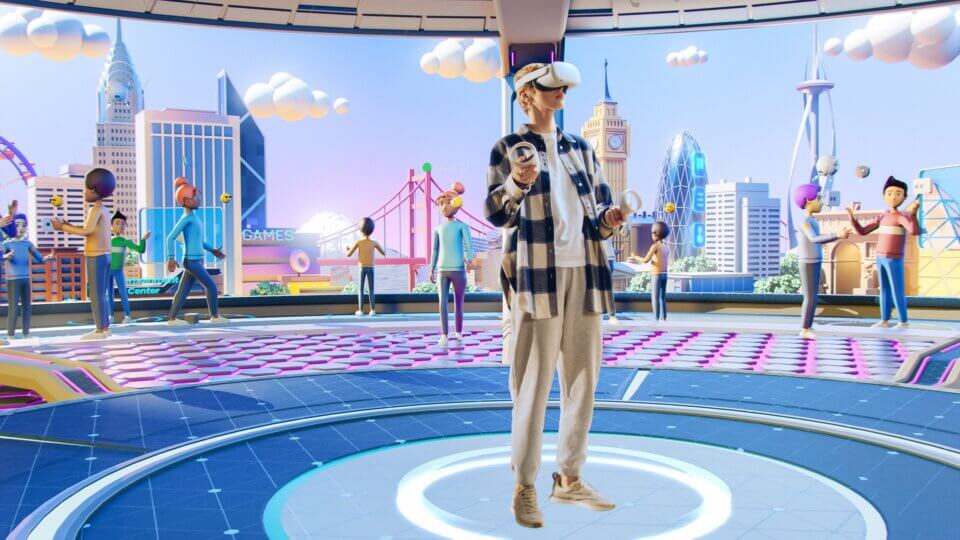For those who’d like to explore how to harness this product for your brand, this guide covers all the important points, including how the Apple Vision Pro works, the technology behind it, and how companies can use the Apple Vision Pro to grow their brand.
Extended Reality (XR) Insights
Welcome to our dedicated hub for all things XR. Here, you can learn more about this transformative technology, where the physical and digital worlds meet.
Discover the latest insights, trends, and cutting-edge uses of Extended Reality and explore how it’s revolutionising businesses across the globe.

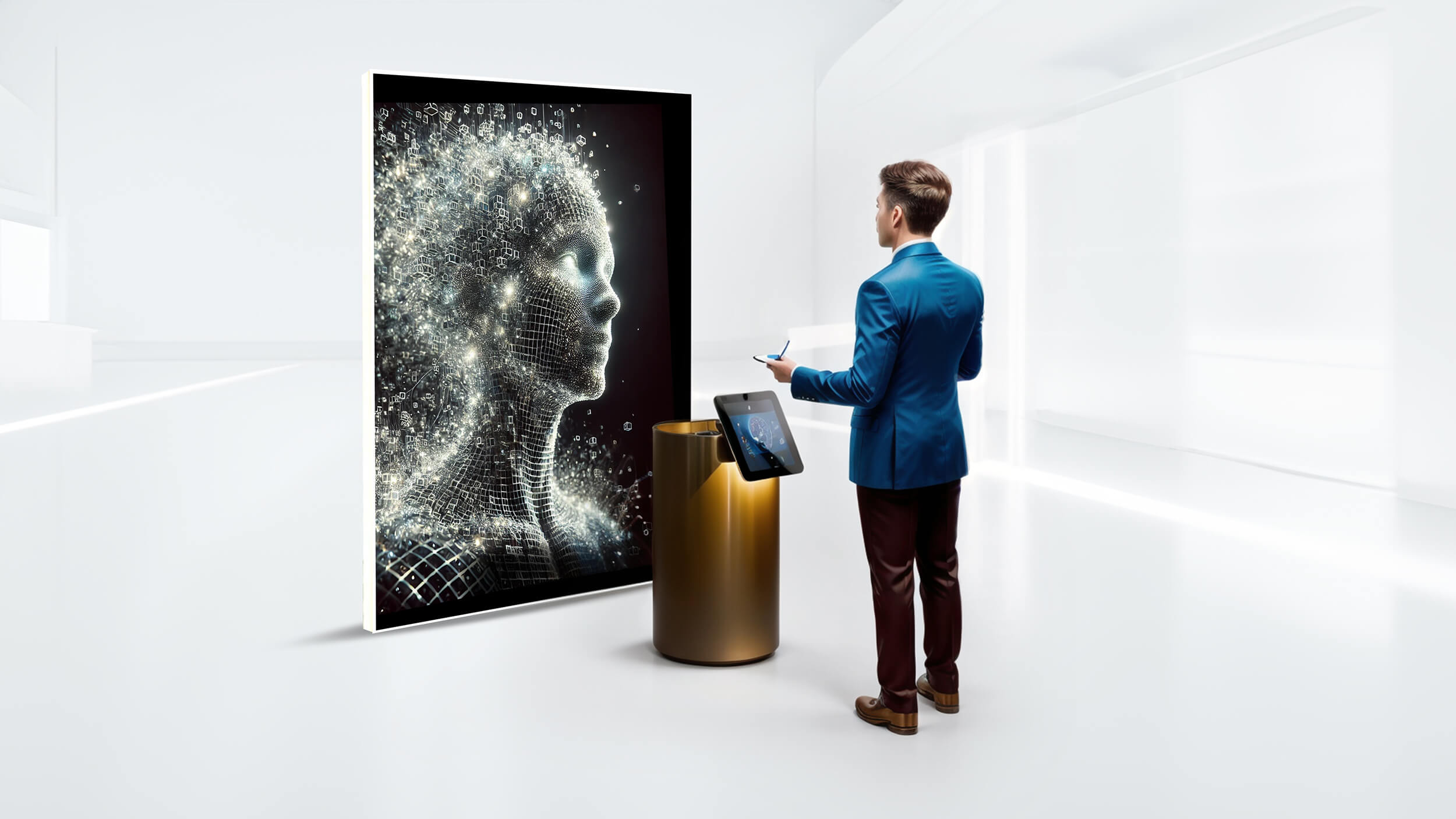
What is Extended Reality?
Extended Reality is an umbrella term encompassing immersive technologies like Augmented Reality (AR), Virtual Reality (VR), and Mixed Reality (MR). It refers to the extension of reality by overlaying virtual elements onto reality (AR), transporting users to entirely simulated environments (VR), or merging real and virtual worlds seamlessly (MR).
Extended Reality is reshaping industries, blurring the lines between physical and digital, and opening up new possibilities for creative expression and experimentation.
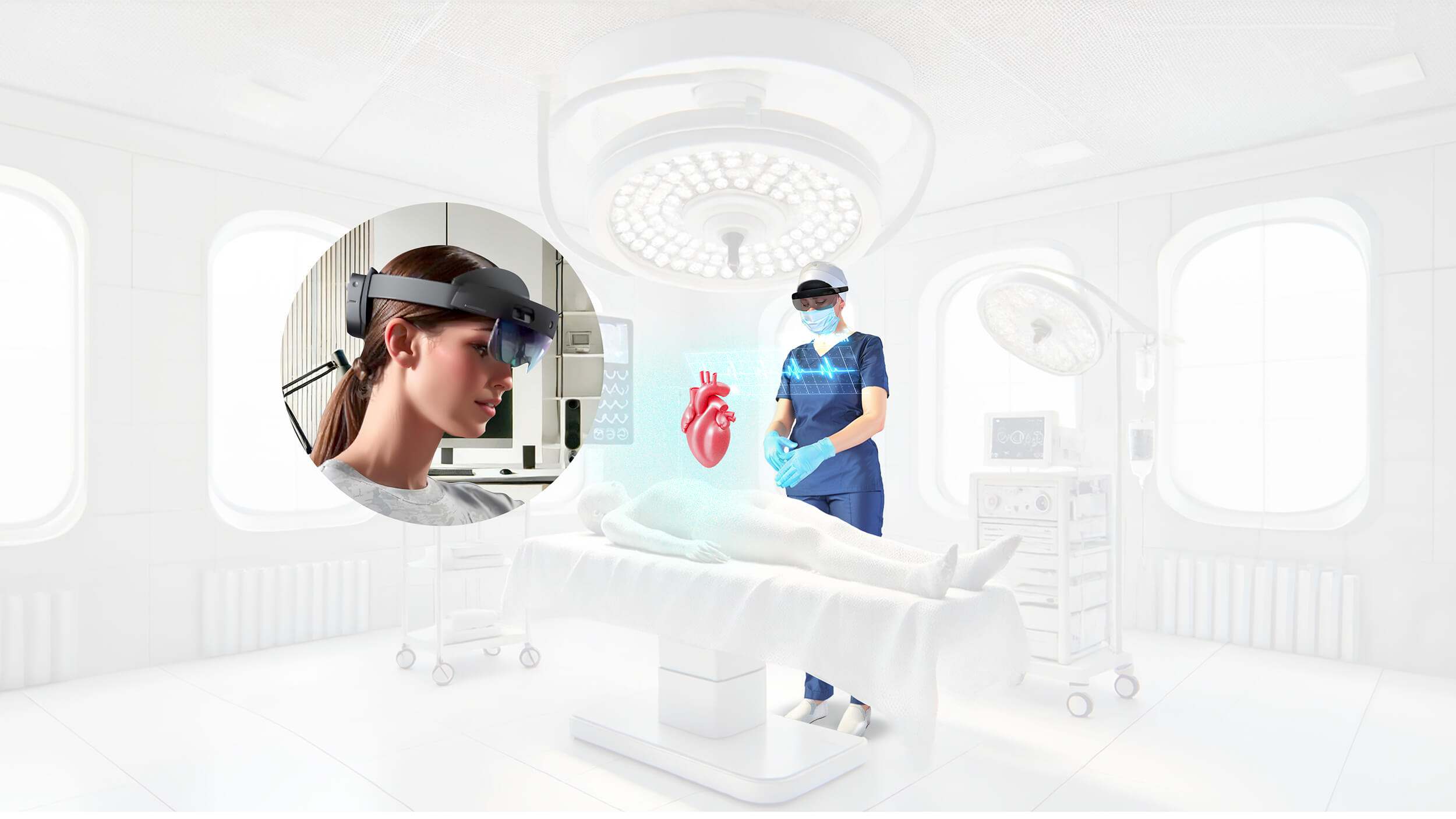
What is the difference between XR and immersive technology?
Extended Reality specifically refers to a combination of Virtual Reality (VR), Augmented Reality (AR), and Mixed Reality (MR), covering a range of experiences that blend real and virtual worlds. Think of it as a category that combines VR, AR and MR.
Immersive technology is an umbrella term which encompasses a broader spectrum of concepts and solutions. These include XR, the Metaverse, 3D, AI-driven interfaces, head-worn devices and more.
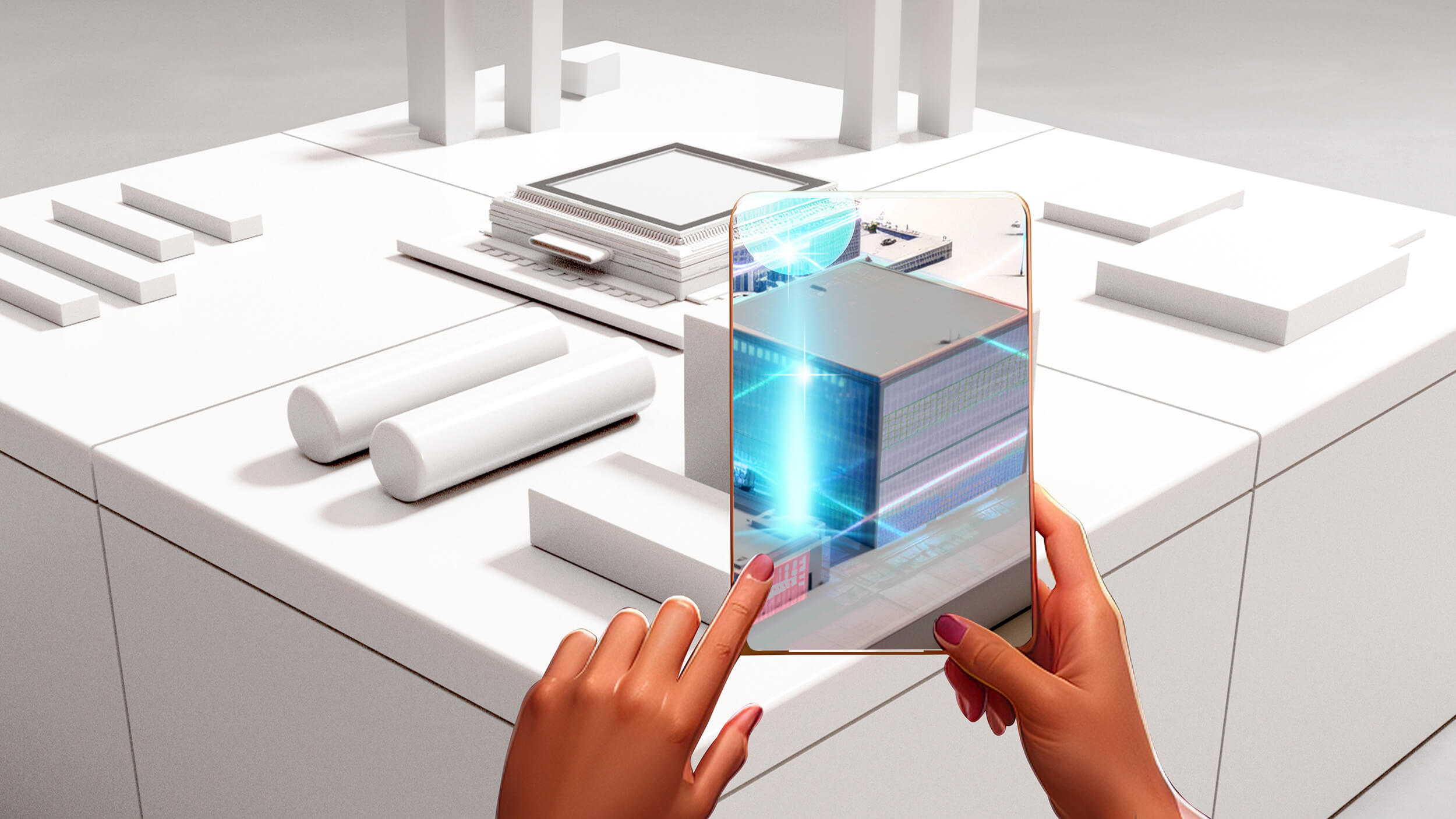
Extended Reality examples
Extended Reality is used across various sectors—the possibilities are truly endless. In marketing, it can amplify campaigns, leveraging WebAR for product demos and virtual try-ons.
In business, it can bolster training and visualisation, while in healthcare, it can assist with diagnostics and therapy. Within education, it enriches learning via simulations, gamified experiences and dynamic storytelling.
3D billboards unlock new possibilities for innovative storytelling, allowing brands to engage consumers in a crowded marketplace.
AR is having a big impact on attractions like museums, galleries and parks. We explore how it can drive consumer engagement and profits.
Glossary
Check out our useful terms to deepen your understanding of Extended Reality.
Stay in the know
Sign up to our newsletter for exclusive updates and content, delivered directly to your inbox.
You can opt out at any time, please view our Privacy Policy for more information on how to unsubscribe.
